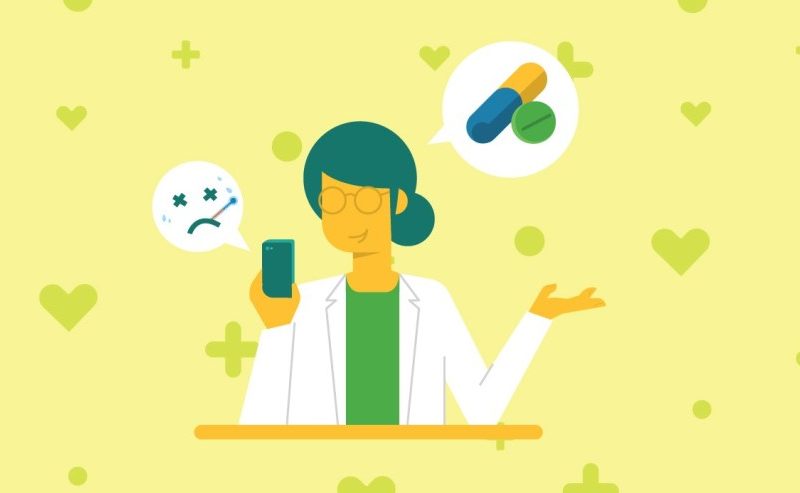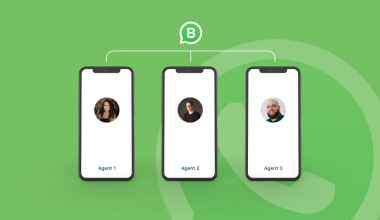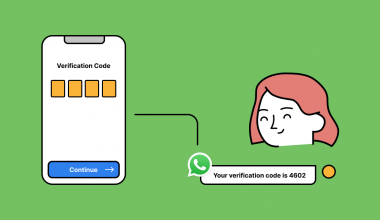Telemedicine and telehealth, both of them often used interchangeably. Have become fine examples of the application of technology in an otherwise traditional healthcare industry. As similar as they may seem to be, there is a clear distinction between both: telemedicine is only limited to clinical services, while telehealth is far wider, encompassing health services like medical education, administrative meetings, and provider training. video call
Both of them exploit the convenience of electronic communication and software. To provide services without the need for patients to come personally to a medical institution.
With the help of the evolving telecommunications technology in recent decades. The healthcare industry has embraced the need to become more efficient and accurate in the field. Although telemedicine had been introduced since almost 50 years ago, it is still relevant and it has become more apparent that people need it more than ever now, where time is a pressing commodity.
Before, telemedicine and telehealth were usually carried out by phone. But now, with the rise in advanced communication technology, one can even interact with the use of Artificial Intelligence (AI)I to access medical services in order to complement the whole healthcare experience.
Benefits of implementing RTC in the healthcare industry
Surely, there are significant benefits you can reap from using RTC in your industry. With the most common for every industry being time management and reductions in cost. However, if we talk about healthcare, the following five advantages can be gained from implementing this technology:
1. Being able to engage customers from their homes
Implementing chat and video call enable people to reach their doctors directly from home, with live video call being one of the most sought-after technologies for this. It solves the problem of patients mobility if they are gravely ill or disabled.
2. Accessing rural areas
People who live in a highly dense urban area can access facilities easily, including healthcare. However, it will be a different story if we talk about those who live in rural areas (surprisingly, 45,7% people in the world are living in rural areas). Not every person can afford to travel, what more for ill people. Thus, using the means of this technology to help increase the reach of healthcare. Is one of the best solutions right now to help this demographic.
3. Minimize costs
Using real-time chat and video call can help both patients and healthcare providers spend less than when they used to meet in person. However, the main challenge with this is because there is still a payment barrier. Which is not aligned with the current payment method and the advancement of the technology. This is an obstacle that stakeholders will have to give thorough attention to in order to make telemedicine and telehealth thrive.
4. Building trust between businesses and customers
By using real-time communication technology such as chat and video conferencing, doctors and patients can make more frequent appointments, interact instantly and solve problems immediately. Since both parties can speak directly in real-time, it helps them to become familiar with one another, which ultimately builds trust between doctors and patients when patients see the same doctors repeatedly.
5. Extensive networking
Using chat and video call can be a way to encourage the start of relationship-building between healthcare service providers with other parties apart from patients. Similar relationships can be build with other stakeholders such as hospitals, doctors, clinics, or even drugstores. They can use this opportunity to share knowledge and strengthen their networks. Not to mention accessing a huge database of shared information.
Qiscus’ role in implementing RTC in the Indonesian healthcare industry video call
As we have discussed before, half of the people in the world currently reside in rural areas with limited access and facilities. In Southeast Asia (SEA), where around 80% of the residents are still living in rural areas, this makes telemedicine and telehealth a looming opportunity with lots of untapped potential. Many countries in this region, although most of them still developing, have started to place great emphasis on developing telecommunication infrastructures.
Also read: “WebRTC Simplified: Everything You Need to Know About WebRTC System“
To top it off, healthcare facilities in this region are still very small in number compared to other developing countries in Asia due to low health expenditure per capita, which is around 3.9% in 2012. This is surprisingly lower even than in poorer regions such as South Asia and Saharan Africa.
Despite the obstacles, the private healthcare sectors are surprisingly increasing in SEA and helping governments to provide better medical facilities. An example is Halodoc, an Indonesian startup which runs an online medical consultation service. It even supports medicine delivery, on-demand lab tests, a hospital and doctor directory. As well as an appointment scheduler, taking advantage of the lack of similar services in the country.
Qiscus, as the party working behind the scenes, has helped Halodoc to deliver the services mentioned above. Qiscus has helped it to connect doctors and patients through live chat, including calls and video conferencing. Everything concerning the chat feature in Halodoc was built using Qiscus’ SDK technology. This allows Halodoc to focus more on their core business. Making the process more efficient, effective, and less time- and cost-consuming.
Qiscus Chat SDK can be applied to all industry include the healthcare industry. But it is highly applicable to other sectors too be it education, travel, and hospitality, or even making payments online. We can help you to enhance your efficiency as well as productivity. Just drop us a note at www.qiscus.com or e-mail [email protected] to get a free consultation.



